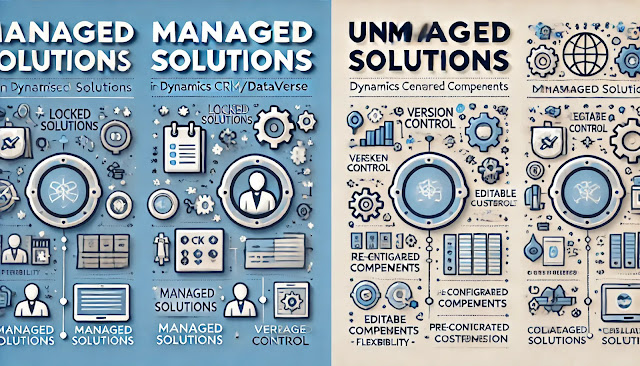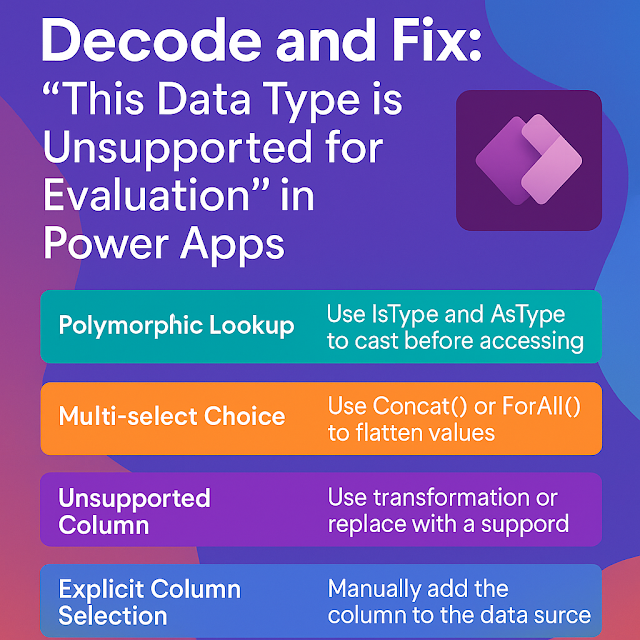Default Value vs. Current Value in Dynamics 365 CE: Key Differences
In Dynamics 365 CE (Customer Engagement), environment variables are used to manage configuration settings for solutions. When dealing with environment variable definitions and their associated values, the terms default value and current value serve distinct purposes:
1. Default Value:
- The default value is a predefined setting or fallback value assigned to the environment variable at the solution level.
- It acts as the base value or the initial value when:
- The solution is imported into a new environment.
- There is no custom configuration applied to override it.
- It is set during solution design and helps ensure the solution works out of the box even if no customizations are applied to the variable.
Example Use Case: If an environment variable is used to store an API endpoint URL, the default value might be set to a test or staging environment URL in the unmanaged solution.
2. Current Value:
- The current value is the runtime value or the active configuration value assigned to the environment variable in a specific environment.
- It can be updated or overridden per environment (e.g., test, development, production) to meet the specific configuration needs of that environment without modifying the default value.
- It takes precedence over the default value at runtime. If a current value is specified, it will be used instead of the default value.
Example Use Case: In production, you might update the current value of the API endpoint variable to point to the live production endpoint.
Summary:
- Use default values to ensure that the solution functions across environments without requiring initial configuration.
- Use current values to customize the variable for a specific environment during deployment or operation.
By managing these values effectively, you can maintain flexibility while adhering to deployment and configuration best practices across Dynamics 365 environments.













Comments
Post a Comment